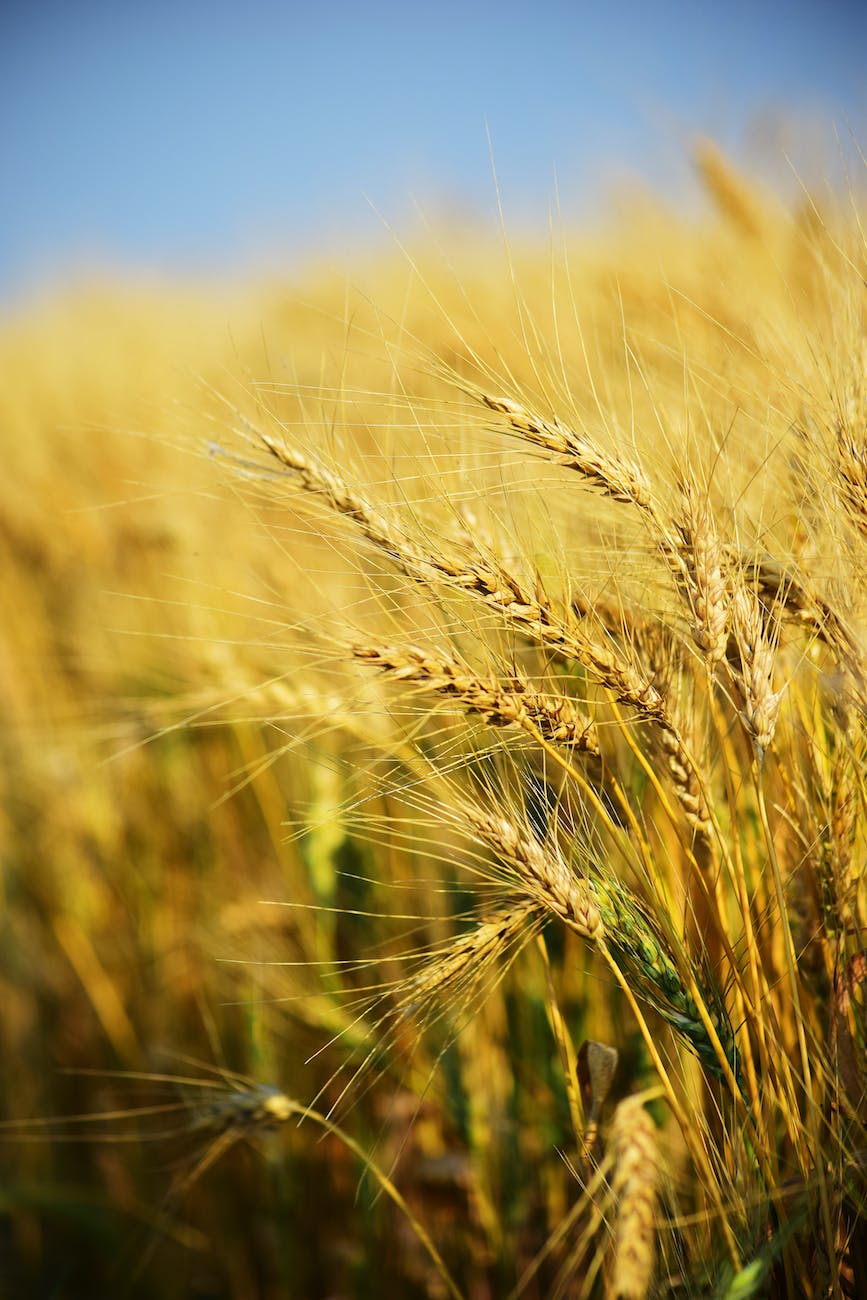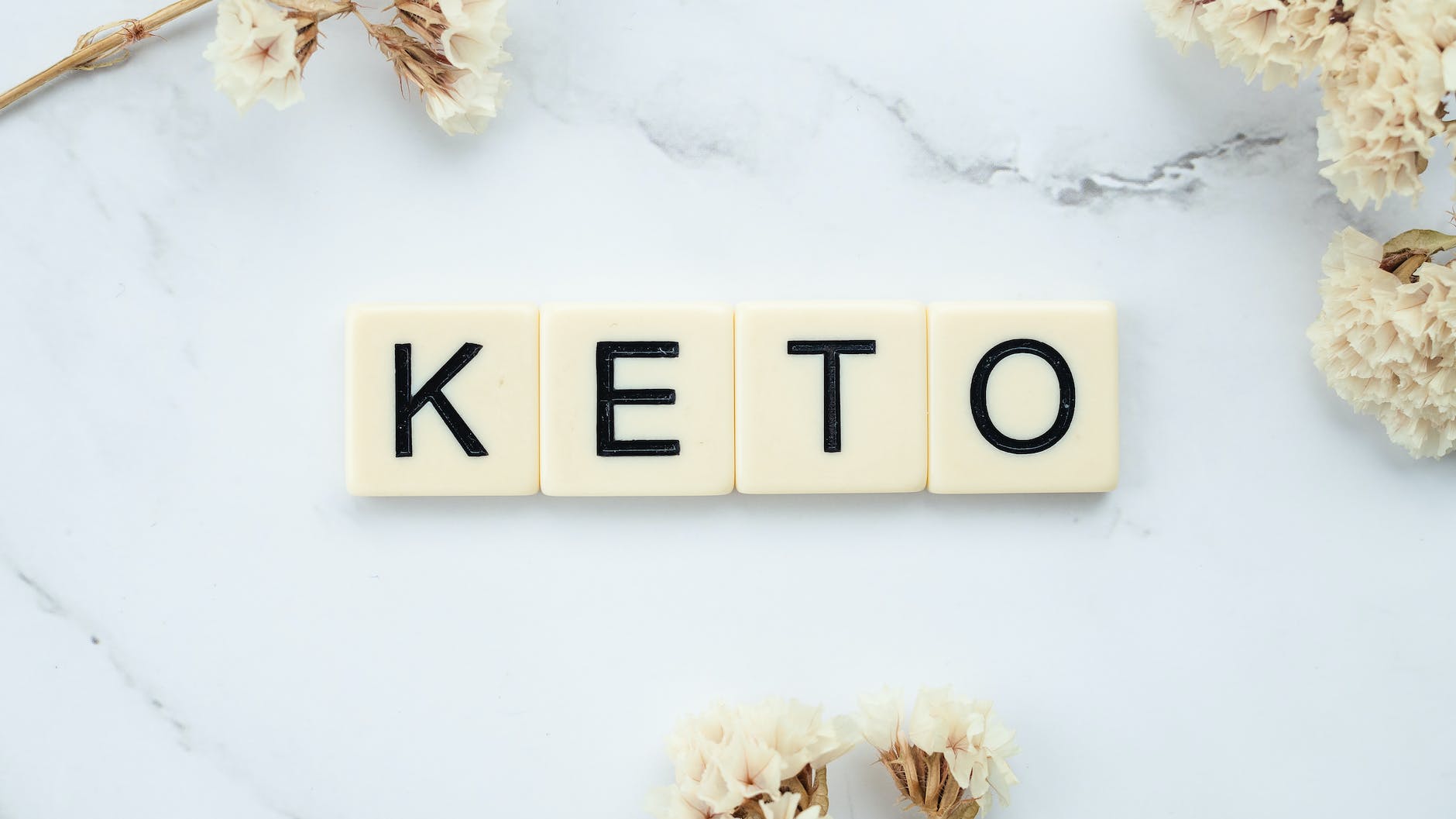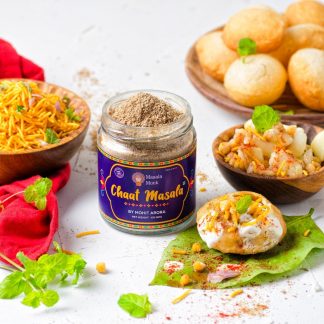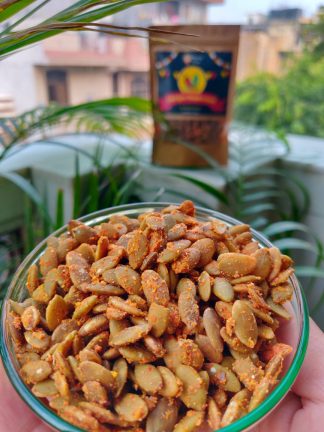
India, with its rich agrarian heritage, has been a treasure trove of diverse crop varieties, including numerous traditional wheat 🌾 varieties. However, the landscape of Indian agriculture underwent a significant transformation in the 1960s with the advent of the Green Revolution. This period marked a shift towards high-yielding varieties of wheat, aimed at increasing food production to meet the demands of a growing population.
The Green Revolution introduced hybrid seeds that promised higher yields and better resistance to diseases. These hybrid varieties, developed through modern breeding techniques, quickly gained popularity among farmers due to their potential for increased productivity. Consequently, traditional wheat varieties like Khapli, Bansi, Kathia, Lokwan, and Sona Moti, which were once widely cultivated across the country, began to fade into obscurity.
While the Green Revolution succeeded in enhancing India’s food security, it also led to a gradual erosion of the country’s agrobiodiversity. The widespread adoption of hybrid wheat varieties resulted in the neglect of traditional varieties, many of which are nutritionally superior and better adapted to local climatic conditions. Moreover, these traditional varieties are often more flavorful and have unique textures, making them a preferred choice for many traditional Indian dishes.
However, the tide is slowly turning. With increasing awareness about the health benefits of traditional grains and the importance of preserving agrobiodiversity, there is a growing interest in reviving these forgotten wheat varieties. These traditional varieties are not just packed with nutrients but also carry with them a piece of our heritage. They remind us of the importance of sustainable farming practices and the need to preserve our biodiversity.
In the following sections, we delve deeper into these traditional wheat varieties, exploring their unique characteristics, health benefits, and where they are grown. So the next time you buy wheat flour, consider choosing these traditional varieties. Not only will you be making a healthier choice, but you will also be supporting small farmers and sustainable agriculture.
Khapli 🌾: The Ancient Grain
Also known as Emmer wheat, Khapli is an ancient variety of wheat that has been cultivated since the time of the Indus Valley Civilization. It is rich in fiber and has a low glycemic index, making it a great choice for those managing diabetes. Khapli wheat is also known for its high protein content and is easier to digest compared to modern wheat varieties. Its rich, nutty flavor makes it a favorite among health-conscious individuals. Khapli wheat is primarily grown in the states of Maharashtra and Karnataka. It can be found in organic stores or online platforms that sell organic products.
Bansi 🌾: The Flavorful Wheat
Bansi wheat is a traditional variety that is known for its rich taste and aroma. It is also high in nutritional value, boasting a good amount of protein, fiber, and essential minerals. Bansi wheat is often stone-ground to retain its nutrients and is used to make wholesome rotis and other Indian breads. Bansi wheat is predominantly grown in the northern states of India. It can be purchased from local grocery stores or online platforms that sell traditional Indian grains.
Kathia 🌾: The Sustainable Choice
Kathia wheat is a local variety that is grown using traditional farming methods. It is known for its high nutritional content and is often used to make rotis. Kathia wheat is resistant to pests and diseases, making it a sustainable choice for farmers. Its unique flavor and texture make it a popular choice for traditional Indian dishes. Kathia wheat is mainly grown in the states of Haryana and Punjab. It can be found in local markets or online platforms that promote sustainable farming practices.
Lokwan 🌾: The Popular Variety
Lokwan is a popular variety of wheat in India. It is known for its good quality and high nutritional value. Lokwan wheat is rich in protein and fiber, making it a healthy choice for everyday meals. It is also known for its robust flavor and is used to make a variety of dishes, from rotis to sweets. Lokwan wheat is widely grown across India and can be easily found in local grocery stores or online platforms.
Sona Moti 🌾: The Nutritious Wheat
Sona Moti is a traditional variety of wheat that is known for its rich taste and high nutritional content. It is often used to make chapatis and other Indian breads. Sona Moti wheat is grown using traditional farming methods, ensuring that the flour is free from harmful pesticides and chemicals. Sona Moti wheat is primarily grown in the states of Madhya Pradesh and Rajasthan. It can be found in organic stores or online platforms that sell organic products.
These traditional wheat varieties are not just packed with nutrients but also carry with them a piece of our heritage. They remind us of the importance of sustainable farming practices and the need to preserve our biodiversity. So the next time you buy wheat flour, consider choosing these traditional varieties. Not only will you be making a healthier choice, but you will also be supporting small farmers and sustainable agriculture.
And if you’re interested in sharing your food experiments or want to discover more amazing things, feel free to join the Facebook group of Vibrant and Engaging Food Lovers.
Remember, the food we consume directly impacts our health and well-being. So, let’s make informed choices and strive for a healthier lifestyle.
Stay fit, stay healthy! 🌾🍞🌿












